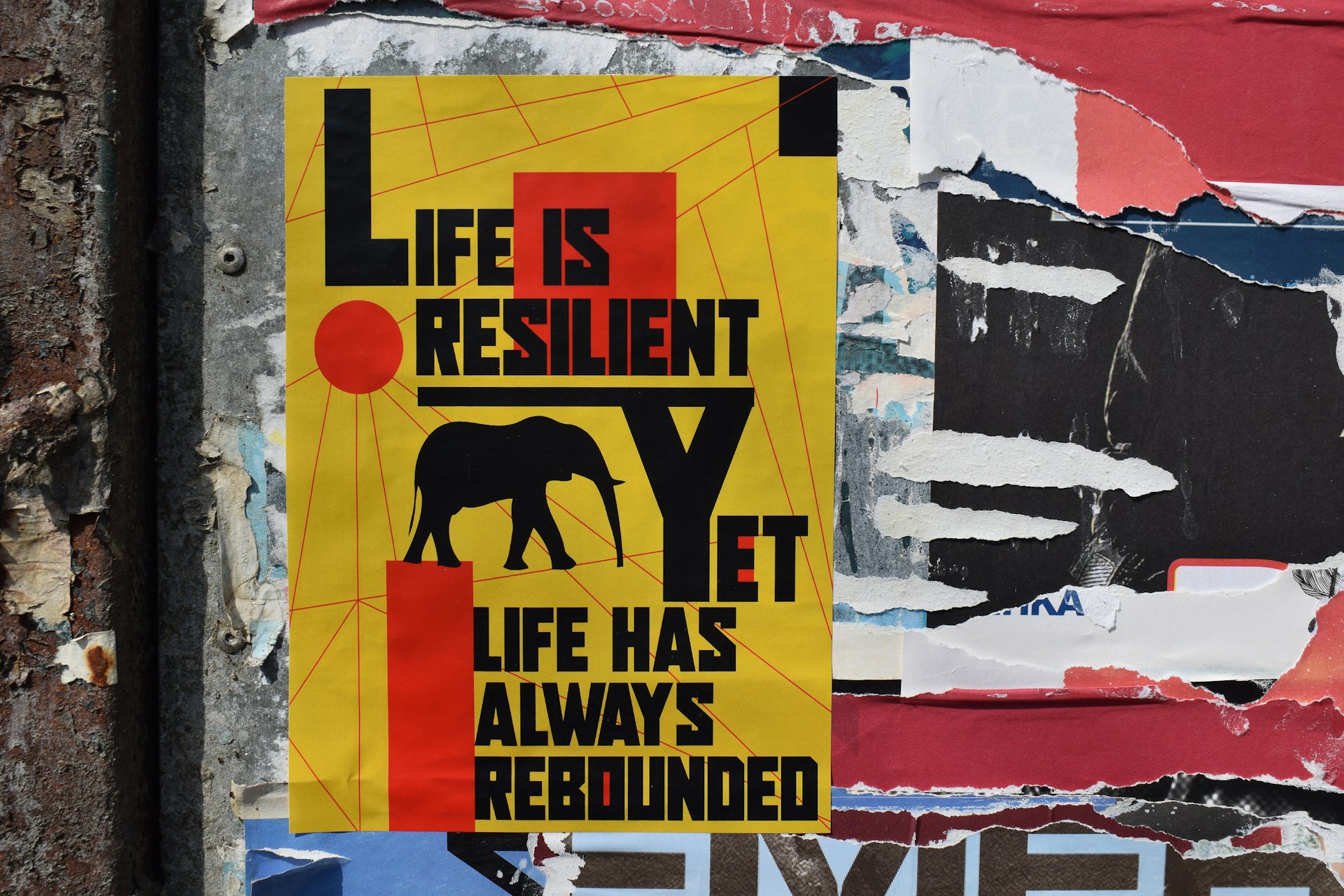Discover Sustainable City Travel Experiences: Your Guide to Responsible Urban Adventures

Photo by Madeline Liu on Unsplash
Introduction: Embracing Sustainable City Travel
Sustainable city travel experiences are reshaping the way people explore urban destinations. As travelers become increasingly aware of their environmental impact, cities worldwide are implementing innovative solutions and infrastructure to foster responsible tourism. From efficient public transport and eco-certified hotels to local food initiatives and green events, sustainable travel now offers a rich variety of actionable choices for every visitor. This guide provides comprehensive, practical strategies for accessing and enjoying sustainable urban travel, with verified examples and step-by-step instructions for making your trips more eco-friendly.
Understanding Sustainable City Travel
Sustainable city travel centers on minimizing environmental footprints, supporting local economies, and promoting social responsibility. Travelers are encouraged to prioritize quality over quantity-spending more time in fewer destinations, using clean transport options, and engaging deeply with local culture. Slow travel, eco-volunteering, and renewable energy tourism are key trends, allowing visitors to contribute positively while experiencing cities in meaningful ways [1] .
Key Elements of Sustainable Urban Travel
Green Transportation Choices
Efficient public transport and alternative mobility options are cornerstones of sustainable city experiences. Leading cities such as Copenhagen, Denmark, are renowned for their extensive bicycle infrastructure, electric buses, and metro systems powered by renewable energy [2] . Visitors can rent bikes, explore pedestrian-friendly zones, or utilize electric ride-sharing schemes to reduce carbon emissions. Ljubljana, Slovenia, offers a car-free city center and affordable bike-sharing, while Valencia, Spain, boasts green public transport and ample parks for walking and cycling [4] .
Eco-Certified Accommodation
Choosing hotels or rentals with recognized environmental certifications is a practical step toward sustainable travel. In cities like San Jose, California, and Boston, Massachusetts, up to 15% of hotels hold eco-friendly certifications, ensuring practices such as energy conservation, waste reduction, and responsible sourcing [5] . When planning your stay, search for accommodations through trusted platforms that verify certifications or contact local tourism boards for recommendations.
Supporting Local Food Systems
Culinary travel is evolving to emphasize local, seasonal ingredients and farm-to-table dining. Many cities now feature organic vineyards, sustainable restaurants, and cooking classes focused on regional produce [1] . In Copenhagen, green Michelin-star restaurants champion organic sourcing, while Valencia’s historic streets are filled with eateries serving locally grown food. To find sustainable dining, seek out restaurants with green certifications or ask locals for their recommendations.
Immersive Experiences and Eco-Volunteering
Eco-volunteering and immersive tours enable travelers to contribute directly to community and conservation efforts. Organizations like WWOOF (World Wide Opportunities on Organic Farms) offer opportunities to assist with organic farming in exchange for accommodation and meals [1] . Many universities and travel agencies run sustainable city tours, such as the ISU Sustainable City Tours, which integrate service days and engagement with local initiatives [3] . To participate, research established volunteer programs or look for city-specific sustainability events during your visit.

Photo by Alain ROUILLER on Unsplash
Measuring and Offsetting Your Impact
Tools like MyClimate and Glooby allow travelers to calculate their carbon footprint based on transportation, lodging, and activities [1] . By understanding your impact, you can make informed choices and offset unavoidable emissions through reputable organizations. Consider packing minimally, carrying reusable items, and refusing single-use plastics to further reduce waste during your trip.
Top Sustainable Cities and Destinations
Several cities stand out for their commitment to sustainability:
- Copenhagen, Denmark: Ambitious carbon-neutral goals, world-class cycling infrastructure, and green dining [2] .
- Ljubljana, Slovenia: Car-free city center, bike-sharing schemes, and electric vehicles [2] .
- Valencia, Spain: Efficient public transport, locally sourced food, and cultural landmarks [4] .
- San Jose, California: Highest percentage of eco-certified hotels in the U.S. and low pollution [5] .
- Singapore: Urban green spaces, efficient public transport, and strong city-wide sustainability initiatives [4] .
For a full list of sustainable cities, consult local tourism offices or review updated rankings from reputable travel research organizations.
Step-by-Step Guidance for Planning Sustainable City Travel
- Research Your Destination: Use verified travel guides, local tourism board websites, and sustainability rankings to find cities with strong green credentials. Search for terms like “eco-certified hotels [city name],” “bike-sharing programs [city name],” or “sustainable city events.”
- Select Green Transportation: Prioritize cities with robust public transit, cycling infrastructure, and pedestrian zones. Upon arrival, use apps or city maps to locate bike rentals, electric bus stops, or walking routes.
- Book Eco-Friendly Accommodation: Look for hotels with third-party green certifications. Contact the property directly to confirm their sustainability practices, or use trusted booking platforms that highlight verified eco-options.
- Engage in Local Sustainability Initiatives: Participate in guided tours, volunteer programs, or community events. Reach out to local environmental organizations or tourism offices for information on current projects and opportunities.
- Support Local Businesses: Dine at restaurants sourcing local produce, shop at farmers markets, and attend cultural events that benefit the community.
- Offset and Minimize Your Impact: Calculate your travel emissions and support reputable carbon offset programs. Travel light, use reusables, and avoid single-use plastics wherever possible.
Potential Challenges and Solutions
While sustainable travel is increasingly accessible, some cities may lack infrastructure or certified accommodations. In these cases, consider alternative approaches, such as staying in locally owned guesthouses, using public transport whenever possible, and participating in community-led events. Language barriers, limited public information, or high costs may also pose challenges-research thoroughly, connect with local groups, and use qualifying language when seeking eco-friendly options.
Alternative Pathways to Sustainable Urban Experiences
If your chosen city does not offer robust green infrastructure, you can still travel responsibly. Choose walking or cycling as your primary mode of transport, support small local businesses, and minimize waste by bringing reusable containers and bags. Seek out parks, community gardens, and public events focused on sustainability. You may also consider volunteering with local NGOs or participating in educational workshops to deepen your impact.
Summary: Making Sustainable City Travel Accessible
Sustainable city travel is not only possible-it is increasingly practical and rewarding. By leveraging public transport, eco-certified accommodations, local food systems, and immersive experiences, travelers can enjoy urban adventures while supporting environmental and community well-being. Use the steps outlined above to plan your next trip, and always verify opportunities through established sources or direct contact with local organizations. As cities evolve, so do the options for responsible exploration-making sustainability a central part of every travel experience.
References
- [1] Eye of She (2025). The Ultimate Guide to Traveling Sustainably.
- [2] In The Round Global (2025). Green Destinations: Top Sustainable Cities and Events.
- [3] Illinois State University Sustainability (2025). Sustainable City Tours.
- [4] Book Here Give Here (2025). Best Places to Travel Sustainably in 2025.
- [5] Travel Agent Central (2025). Best Cities for Sustainable Travel in 2025.



